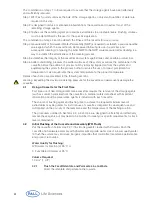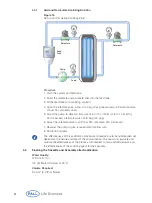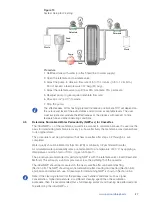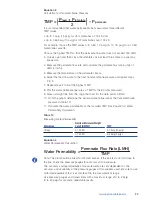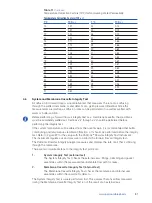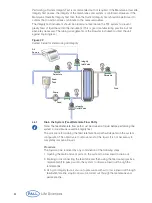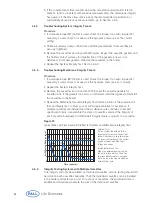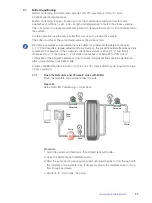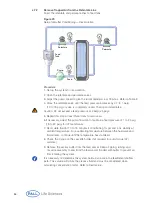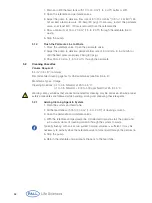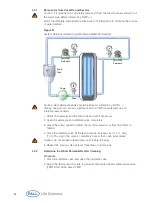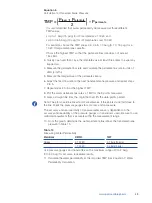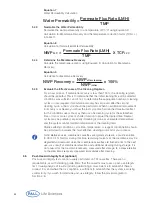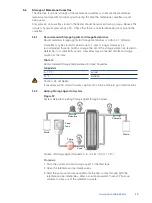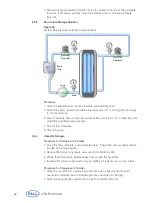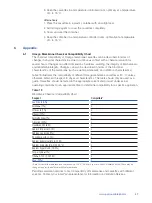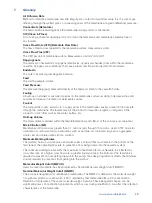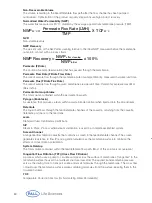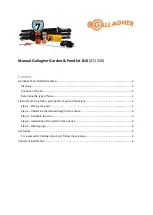
www.pall.com/biopharm
35
4.7
Buffer Conditioning
Buffer conditioning the membrane cassettes and TFF assembly is critical for most
biopharmaceutical applications.
Buffer conditioning removes trapped air from the membrane cassette and system and
establishes conditions for pH, ionic strength and temperature to match the process sample.
This is important to prevent sample precipitation or denaturation when it is first introduced into
the system.
For this operation, use the same buffer that was used to prepare the sample.
The buffer must be at the same temperature as the process fluid.
Membrane cassettes and hardware that are subject to substantial temperature changes
(> 10 °C) will require a torque adjustment to be made on the cassette holder after steady state
is reached. For example, if the hardware surface temperature is 20 to 25 °C and fluid is
introduced at 4 °C, the torque on a full stack of cassettes may drop 20 to 40% due to
contraction of the polymeric elements. In such cases, integrity testing should be performed
after all adjustments have been made.
Volume of Buffer Required: 5 to 20 L/m
2
(0.5 to 2 L/ft
2
). (Less buffer may be required for large
process systems.)
4.7.1
Flush the Retentate and Permeate Lines with Buffer
Direct the retentate and permeate lines to waste.
Figure 24
Setup for Buffer Conditioning — Initial Flush
Procedure
1. Drain the system and feed tank, then fill feed tank with buffer.
2. Open the permeate and retentate valves.
3. Start the pump and increase pump speed until liquid begins to flow through both
the retentate and permeate lines. If necessary, adjust the retentate valve to force
flow through permeate.
4. Run for 5 to 10 seconds, then stop.
Retentate
Permeate
Feed
Tank
Waste
Waste
Feed
Pump
Pp
Rp
Fp


